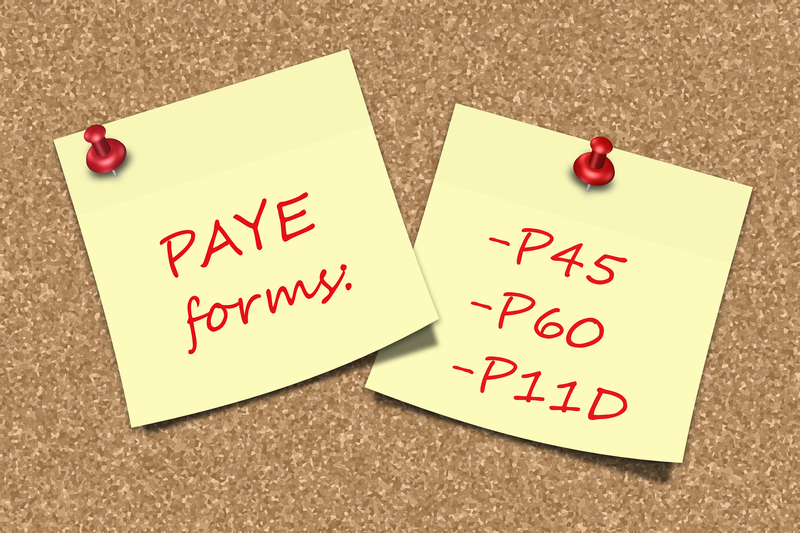Avoid DIY Piano Moving: Key Reasons and Advice
Posted on 14/06/2025
Avoid DIY Piano Moving: Essential Reasons and Practical Advice
Moving a piano may seem like a straightforward task at first glance, but beneath its polished exterior lies a complex, delicate, and heavy instrument that requires expert handling. If you're considering moving your piano by yourself, it's crucial to understand the dangers, costs, and consequences associated with DIY piano relocation. In this comprehensive guide, we'll explore why you should avoid DIY piano moving, detail the risks involved, and offer professional advice on how to relocate a piano safely and efficiently.

Why Moving a Piano Is Not a Simple Task
Pianos are more than just large pieces of furniture; they are intricately crafted instruments. Even the smallest upright piano can weigh upwards of 300 pounds, while grand pianos can easily exceed 1,000 pounds. The sheer weight alone presents hazards, but the instrument's internal structure--with hundreds of moving parts, fragile strings, and a sensitive soundboard--makes it vulnerable to damage if not handled correctly.
The Anatomy of a Piano: Fragility Meets Weight
- Heaviness: Pianos are extremely heavy, requiring several strong individuals or special equipment to move safely.
- Delicate Mechanisms: The keyboard, pedals, strings, and hammers are finely tuned and can easily be knocked out of alignment.
- Awkward Shape: Unlike typical furniture, pianos have an uneven weight distribution and ungainly dimensions, making them hard to grip and maneuver.
Key Reasons to Avoid DIY Piano Moving
1. High Risk of Injury
Attempting to move a piano without professional help puts you and others at risk of serious injuries. Back strains, crushed fingers, and even broken bones can result from a mishandled lift or slip. The combination of weight and awkwardness makes piano moving a job for experts, not amateurs.
2. Potential for Costly Damage
DIY piano relocation often leads to expensive repairs. You risk:
- Scratches and Dents: Both your piano and home can suffer unsightly blemishes during a DIY move.
- Internal Damage: A knocked or jostled piano can develop internal problems that affect its tone and playability.
- Broken Legs and Pedals: A slip or drop may snap delicate components, requiring specialist fixes.
3. Need for Specialized Equipment
Professional piano movers use tools such as skid boards, heavy-duty straps, ramps, and dollies designed specifically for piano moving. Most homeowners don't have access to such equipment, and improvising with regular moving gear is a recipe for disaster.
4. Insurance Gaps
When you hire professionals, they carry insurance that covers your instrument and property. In a DIY piano move, you're personally responsible for any damage--without expert coverage, you could face expensive repair or replacement costs.
5. Unpredictable Moving Conditions
Navigating stairs, tight corners, doorways, and uneven surfaces becomes a Herculean challenge when moving a piano. Professionals are trained to assess and overcome obstacles safely, something DIY movers often underestimate.
Expert Advice: How Pianos Are Moved Safely
Assessment and Planning
Professional piano movers begin every job with a full assessment of both the instrument and the environment. This includes:
- Measuring doorways, hallways, and staircases
- Evaluating the piano type, age, and specific vulnerabilities
- Creating a custom moving plan tailored to your property layout
Protective Wrapping and Padding
Professionals use thick blankets, padding, and shrink wrap to shield the piano's surface and internal mechanisms from damage. Keys and pedals are secured, and legs (on grand pianos) may be removed for transport.
Proper Lifting and Carrying Techniques
Expert movers distribute the weight evenly, keeping the piano upright at all times to avoid straining the frame or warping the soundboard. Team members coordinate their movements, often using specific lifting commands to ensure everyone is in sync.
Use of Specialized Moving Equipment
- Piano Dollies: Heavy-duty carts designed to support a piano's unique weight and shape.
- Straps and Harnesses: Secures the instrument and provides better grip and control.
- Ramps: Allow for safe loading into moving trucks, even on stairs.
Loading Into Vehicles
Pianos are loaded last and positioned for optimal protection--usually along the truck's wall and tightly secured with straps to prevent shifting.
Unloading and Installation
Upon arrival, the team carefully reassembles any parts removed and places the piano in its intended location, ensuring it's stable and level. If requested, many movers will also recommend or arrange for post-move tuning.
Common Mistakes in DIY Piano Moving to Avoid
If you're still considering moving your piano without professionals, be aware of the most frequent DIY mishaps:
- Underestimating Weight: Attempting to lift a piano without enough helpers or strength is a top cause of accidents.
- Improper Handling: Laying a piano on its side or back can damage the internal frame and strings.
- Insufficient Padding: Using towels or thin blankets instead of proper moving pads can result in scratches and dents.
- Poor Pathway Planning: Not clearing or measuring the moving path leads to stuck pianos and property damage.
- Lack of Protection for Floors: Heavy pianos can gouge wood or crack tiles if not elevated on protective materials.
The True Cost of DIY vs. Professional Piano Moving
It's easy to assume DIY piano moving will save money, but the reality can be surprisingly expensive. Consider these hidden costs:
- Rental Equipment: Dollies, pads, and moving trucks aren't free--fees can quickly add up.
- Property Damage Repairs: Repairing damaged floors, walls, or staircases often costs hundreds to thousands of dollars.
- Piano Repairs: Fixing internal or external damage can range from minor to catastrophic, especially for high-end grands.
- Medical Bills: Injuries from moving heavy objects can result in costly doctor or hospital visits.
Most reputable professional piano movers offer transparent, flat-rate pricing that includes labor, equipment, and insurance--often at a fraction of the potential expenses of a failed DIY attempt.
Frequently Asked Questions about Piano Moving
Is it ever safe to move a piano yourself?
While it might be technically possible to move a small, lightweight piano short distances, any relocation involving stairs, tight turns, elevation changes, or long distances should be entrusted to professionals. Even slight mishandling can destroy a piano's sound or value.
How much does professional piano moving cost?
Pricing varies based on the piano type, distance, and complexity of the move. On average, local upright piano moves cost between $150-$400, while grand piano moves start around $300-$800. Long-distance moves are higher, but still far less than the cost to repair a damaged piano.
Should a piano be tuned after moving?
Yes, most pianos require tuning after being moved, especially if transported a long distance or through varying climates. Consult with your mover about scheduling a tuning session post-move.
Can standard moving companies handle pianos?
Not always. While some moving companies offer piano moving as an add-on service, always verify that they employ trained piano movers and have the necessary equipment and insurance.
How to Find a Trustworthy Professional Piano Mover
To select a qualified piano moving professional, follow these tips:
- Check for Specialty: Ensure the company specializes in pianos, not just general moving.
- Ask for Credentials: Request proof of insurance and licenses.
- Read Reviews: Search for testimonials from previous customers and independent rating sites.
- Request a Written Quote: Get an itemized estimate to avoid hidden fees.
- Inquire About Experience: Look for movers with years of expertise and a strong track record handling your type of piano.

Added Benefits of Hiring Professional Piano Movers
- Peace of Mind: You can trust your valuable instrument to experienced hands.
- Efficiency: The move will be quicker and hassle-free compared to a risky DIY attempt.
- Post-Move Care: Many companies offer post-relocation piano tuning and appraisal services.
- Damage Control: Insurance coverage minimizes your financial risk in case of unexpected events.
Conclusion: Prioritize Your Piano's Safety--Skip the DIY
Your piano is a treasured instrument and a significant investment. Attempting a DIY piano move exposes it--and you--to avoidable hazards and could result in irreparable damage. With specialized equipment, skills, and knowledge, professional piano movers ensure each step is handled with care, efficiency, and safety.
For anyone planning a piano move, make the smart investment--avoid the risks of DIY piano moving and trust your instrument to the experts. Doing so protects your health, your piano, and your property, while offering peace of mind you simply can't get from a do-it-yourself approach.
Remember: When it comes to piano moving, professional help isn't a luxury--it's a necessity.










